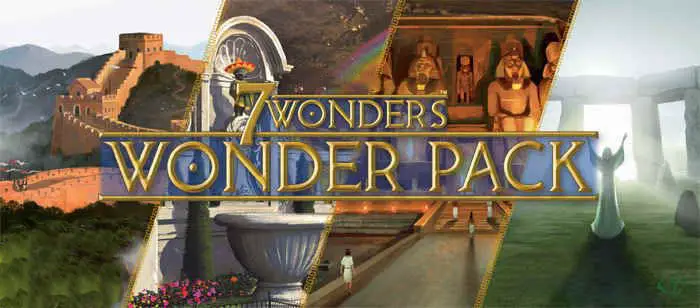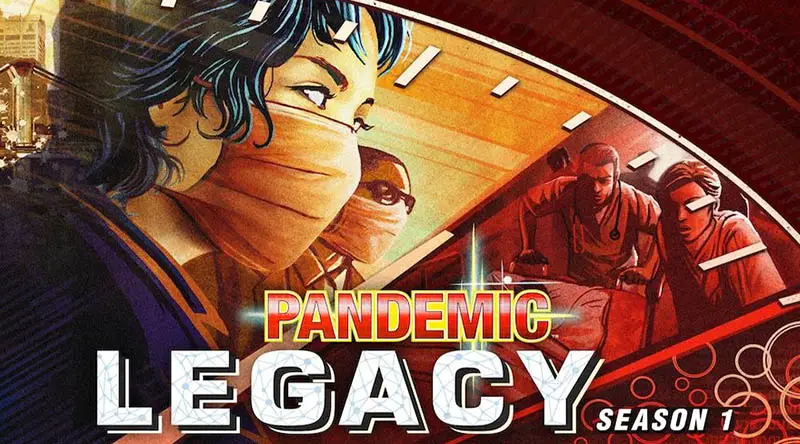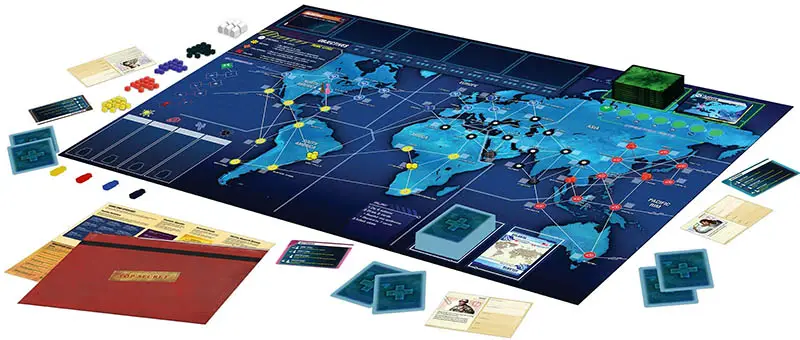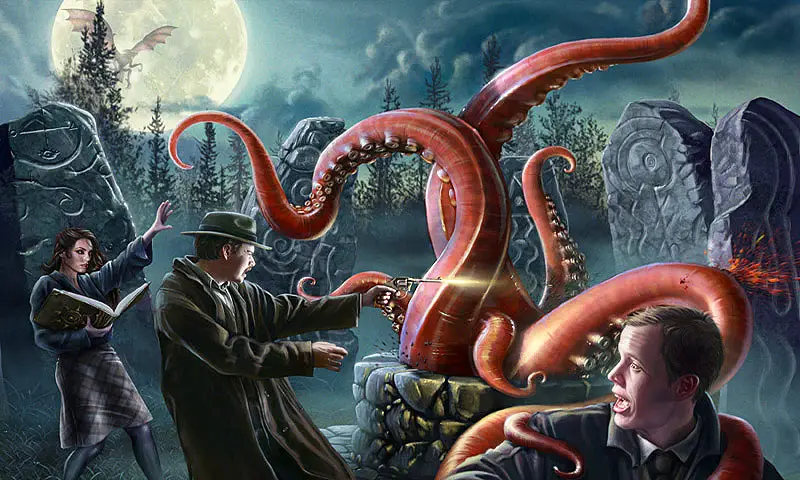
When an investigator attempts to move out of an area containing a monster, or ends his movement in such an area, he must either fight the monster or evade it.
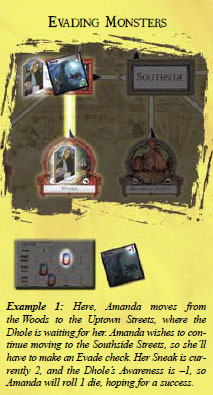
An investigator may attempt to evade a monster by making an Evade check. An Evade check is a skill check using the investigator's Sneak value. The check is modified by the monster's Awareness value, which is printed in the upper-right corner of the monster marker's movement side. The difficulty of the Evade check is always 1 unless the monster has a special ability that states otherwise. …




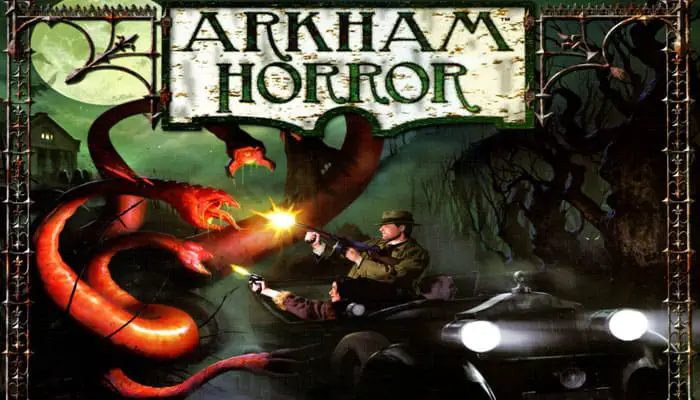



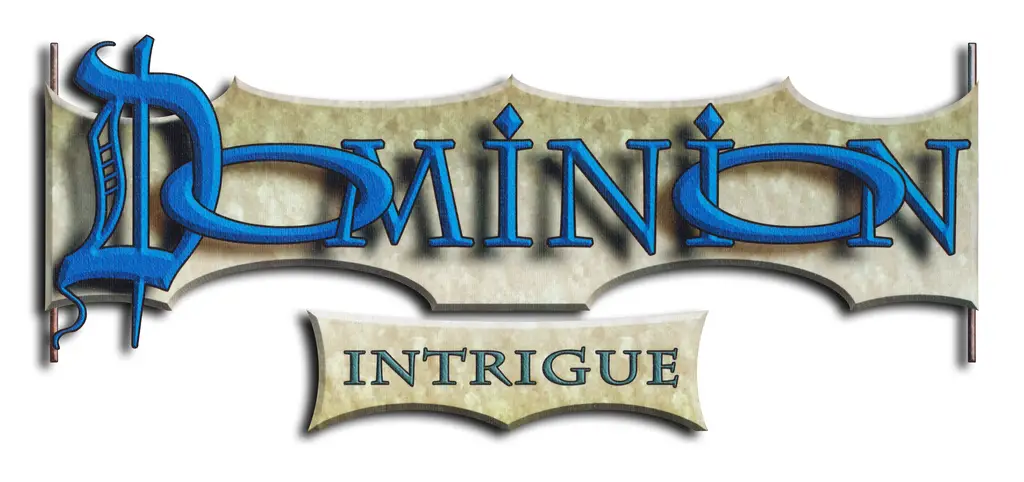






 An agent cannot leave such a card before resolving the test.
An agent cannot leave such a card before resolving the test.





 Immediately eliminate an opponent.
Immediately eliminate an opponent. Temporal Unit lost by the entire group (during which no one can perform actions). …
Temporal Unit lost by the entire group (during which no one can perform actions). …